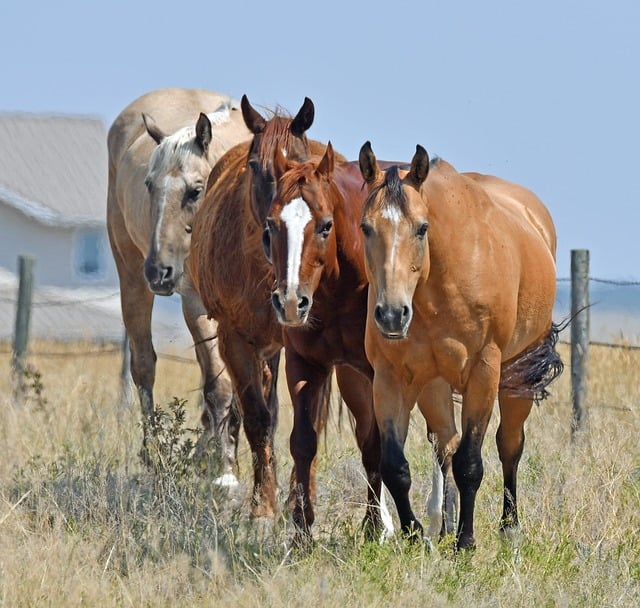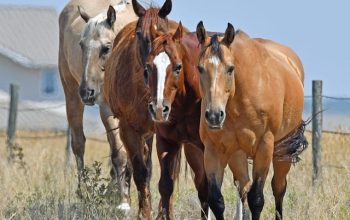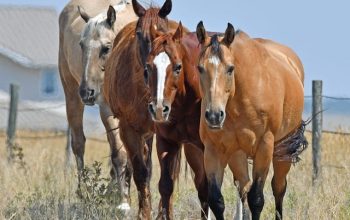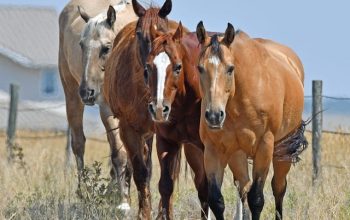Ontario farmers face unique fencing challenges due to diverse climates and terrain, demanding durable and adaptable solutions like high-tensile wire, post-and-rail fences, or chain link fencing. Cost-effective options such as electric fencing and sustainable materials are popular choices, balancing livestock security with budget constraints. Regular maintenance, including preservative treatment and damage inspections, ensures the longevity of any fence type while promoting sustainable farming practices.
In Ontario, farmers face unique challenges when it comes to livestock fencing. This article explores three affordable and sustainable solutions tailored to the specific needs of Ontario farms. We delve into cost-effective materials, installation best practices, and long-term maintenance tips for each option, empowering farmers to make informed decisions about their fence for farms. From durable options to eco-friendly choices, discover how to enhance your farm’s security and productivity without breaking the bank.
Understanding the Unique Fencing Needs of Ontario Farms
Ontario farms, known for their diverse landscapes and agricultural heritage, present unique fencing challenges. The province’s varying climates and terrain require fences that are both durable and adaptable. Livestock fencing, in particular, demands materials and designs that keep animals safe while allowing for proper airflow and visibility—essential elements to maintain animal health and farm efficiency.
Understanding these specific needs is crucial when selecting a fence for farms. Traditional options like wood or steel may not always be the best fit due to their maintenance requirements and potential cost. As such, Ontario farmers are increasingly exploring affordable alternatives, such as high-tensile wire fences, which offer strength and longevity with reduced maintenance, and post-and-rail fences, providing a balanced combination of durability and aesthetic appeal.
Exploring Cost-Effective Options for Livestock Fencing
In Ontario, the search for affordable livestock fencing solutions is a top priority for many farmers aiming to secure their fields and protect their animals. With various options available, exploring cost-effective choices can significantly impact both your budget and the overall health of your farm. Traditional fence materials like wood or steel can be expensive, prompting farmers to seek alternative methods that offer durability without breaking the bank. Luckily, innovative designs and accessible materials have led to several practical and affordable solutions for farm fencing, catering to diverse landscapes and budgets.
By opting for economical choices, farmers can ensure their livestock remains contained while managing costs effectively. These strategies range from utilizing sustainable materials like recycled plastic or natural fibers to implementing creative designs such as electric fences or mesh nets. Embracing these cost-conscious approaches not only benefits farmers’ financial health but also contributes to a more environmentally friendly and efficient farm management practice, ensuring a secure and thriving livestock environment.
The Benefits and Installation Considerations for Each Solution
When considering a fence for farms in Ontario, cost-effective options are essential for safeguarding livestock while aligning with budget constraints. Each solution offers unique benefits and installation nuances to cater to diverse farm needs.
For instance, chain link fencing is a popular choice known for its durability and affordability. Its robust design provides adequate security against intruders and potential dangers. Installation involves digging posts and connecting panels, suitable for both small and large-scale farms. Alternatively, wood post and rail fences offer charm and functionality. They require fewer materials but may need more maintenance over time. This option is ideal for those seeking an aesthetically pleasing fence that also serves as a functional barrier. Lastly, high-tension electric fencing presents a game-changer in livestock management. It’s not only affordable but also effective in controlling animals within designated areas without the need for solid barriers. Installation demands careful planning and proper grounding to ensure safety, making it a smart choice for efficient farm management while adhering to budget constraints.
Long-Term Sustainability and Maintenance Tips for Farm Fences
When investing in a farm fence, long-term sustainability and proper maintenance are key considerations. A well-maintained fence can last for decades, providing effective protection for your livestock while minimizing environmental impact. Regular inspections should be conducted to identify any signs of damage or wear, addressing issues promptly to prevent further complications.
For wooden fences, treating the posts with preservatives and regularly painting or sealing can extend their lifespan significantly. Metal fences require minimal maintenance but should be checked for rust or corrosion, especially in regions with high humidity or salt content in the air. Additionally, keeping vegetation trimmed away from fence lines prevents roots from damaging the structure over time. This proactive approach ensures your farm fence remains functional and secure while promoting a sustainable farming practice.
In Ontario, finding affordable yet effective livestock fencing solutions is essential for farm sustainability. By understanding the unique needs of local farms and exploring cost-effective options like woven wire fences, high-tensile electric fences, and post-and-rail fences, farmers can enhance their operations’ efficiency and productivity. Each solution offers distinct benefits and installation considerations, while proper long-term maintenance ensures a robust fence system that protects livestock and contributes to the overall health of the farm. Investing in the right fence for your Ontario farm is a strategic move that pays dividends over time.




